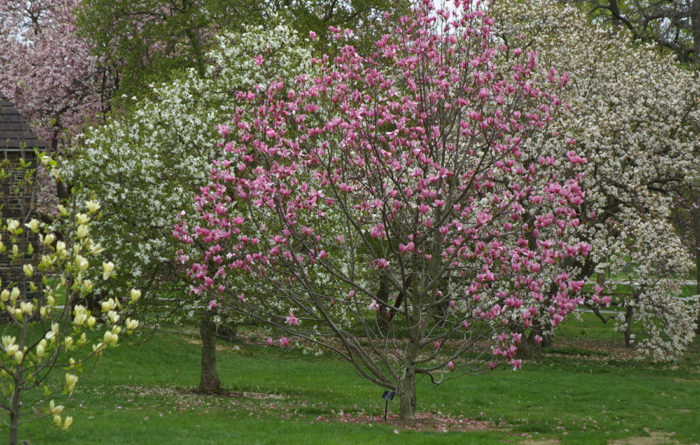
Nine out of 10 people who hear the word “magnolia” in the Southeast think of images of luxuriously large, creamy white flowers floating atop dark green and brown fuzzy-backed leaves; they may even close their eyes as they recall humid air heavy with rich perfume. That image is of the infamous Southern magnolia (Magnolia grandiflora, Zones 7–9), a stately summer-blooming native tree. But that tenth person will think of perfect cuplike blooms in delicious shades of pink smothering smooth gray, bare branches set against a blue sky. Ahhh, yes! Those are deciduous, early spring-blooming saucer magnolias (M. × soulangeana, Zones 4–9). Along with star magnolias (M. stellata, Zones 4–8), and ‘Jane’ magnolias (M. ‘Jane’, Zones 4–8), these are just a few of the most popular deciduous Asian magnolias planted in the Southeast.
Brown-out can put a damper on an early magnolia display
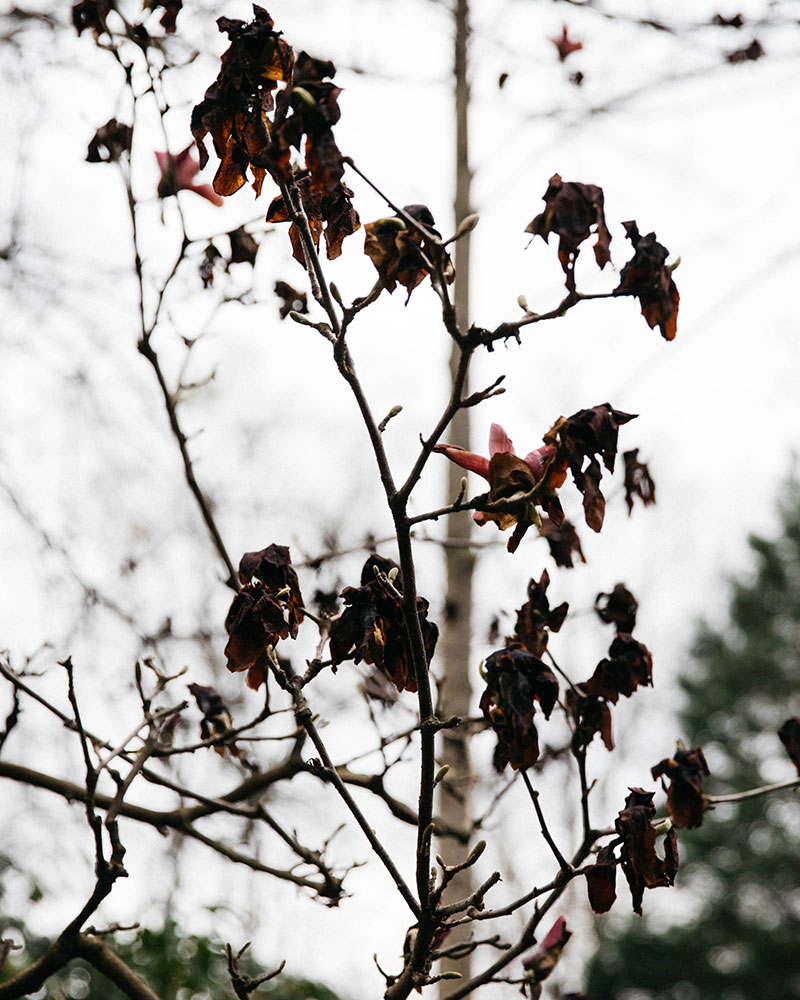
What’s not to love about a generally pest-free small tree or large shrub that puts on a show of bold, lightly fragrant flowers with strappy or broad petals (tepals, actually) in February or March? Well, that would be the same small tree smothered in large brown, wilted flowers during the same time period. While this frost-induced heartbreak can happen anywhere, we are especially vulnerable to it in the Southeast because of oscillating winter-to-spring-to-winter temperatures. Spring-blooming deciduous magnolias are easily sweet-talked into early blooms during our winter warm spells—something our native dogwoods (Cornus spp. and cvs., Zones 3–9) and redbuds (Cercis canadensis, Zones 4–9) resist. But I’m not about to suggest that magnolias aren’t worth the gamble of an occasional brown-out. In fact, my advice is to simply dig deeper into the hybrids available to find later-blooming magnolias that may dodge frost season.
Star magnolias are shrubby early bloomers with fluttery, winglike blooms
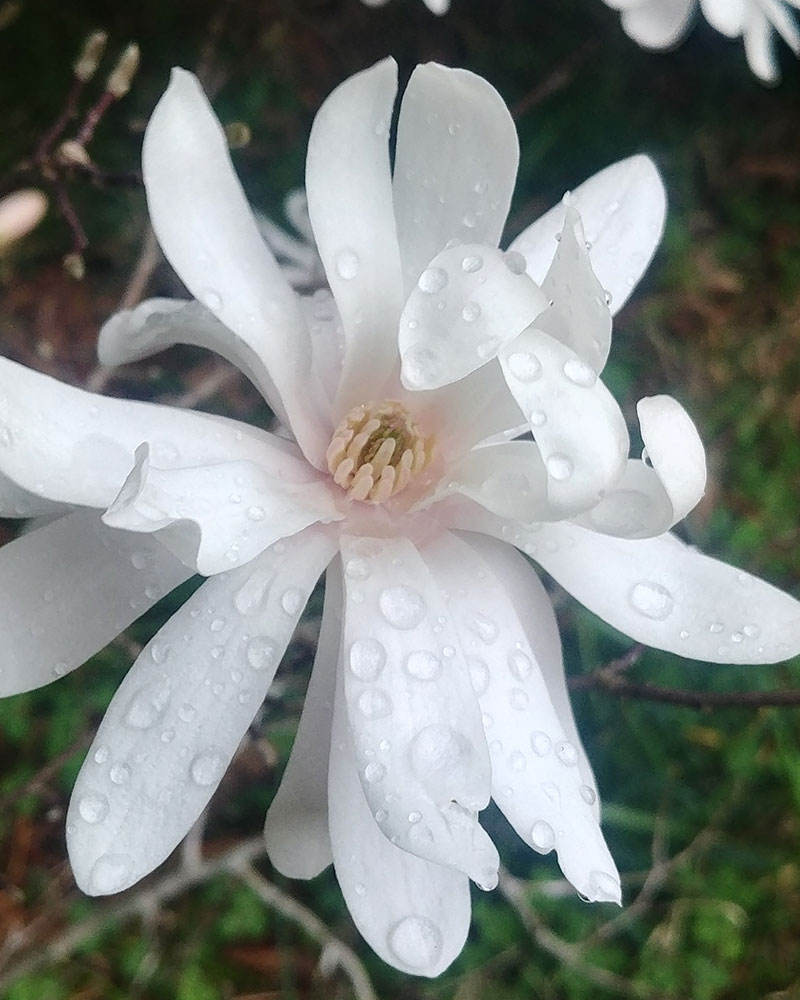
Star magnolias are shrubby (growing 15 feet tall) and are the earliest bloomers of all magnolias (blooming in late January in the Carolina Piedmont). Their numerous, broad, strappy tepals radiate out like bold, wiggly starbursts, but they are at higher risk of getting browned by frost. If you love that starry flower shape, look instead for Loebner’s magnolia (Magnolia × loebnerii, Zones 5–9). The cultivars ‘Merrill’ (white) and ‘Leonard Messel’ (pink) bloom later than star magnolias on a treelike form for even more traffic-stopping power in the landscape.
Saucer magnolias are garden staples that dazzle in shades of pink
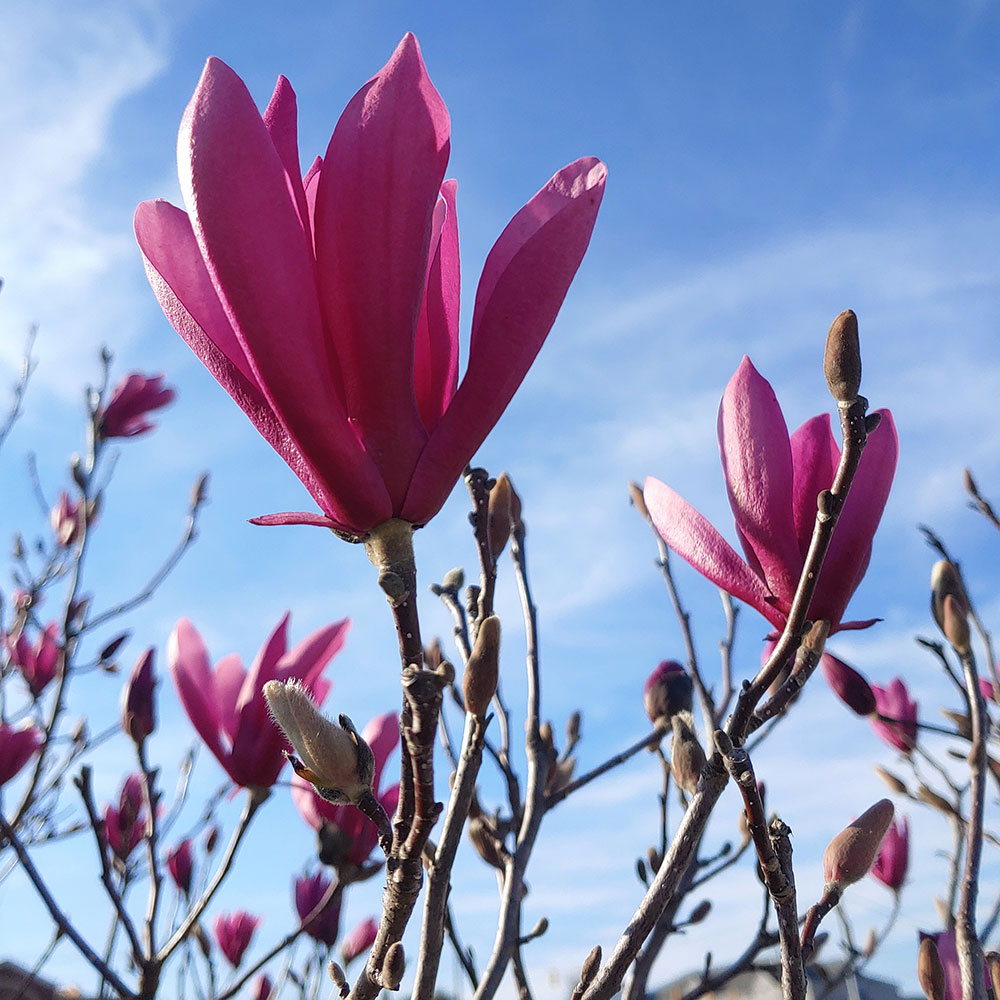
Saucer magnolias, also know popularly in the Southeast as tulip trees, are more treelike than star magnolias, although they tend to branch low down to form broad, spreading crowns. They feature robust, cuplike flowers in shades of pink, from pearl to deep magenta. Following closely on the heels of star magnolias, they can be nipped by frost as well. Look no further than the common and extremely popular ‘Jane’ (or ‘Ann’ or ‘Susan’) magnolias for a similar show on a later-blooming plant. All three are part of the “Little Girls” series, unique hybrids with slightly more narrowly cupped flowers in rich shades of pink, reddish pink, and magenta. Their habits are more shrublike if unpruned, but they are easily shaped into tree form if you prefer. And if you’ve got tight quarters, you’ll appreciate their ultimate 8-to-15-foot-tall range. They have dominated the deciduous magnolia market for a while now, but for good reason. They may just make us forget that brown petals were ever a concern. Other later-blooming saucer types with large flowers are ‘Galaxy’ and ‘Spectrum’. These are outstanding choices if you’ve got the space for a tree that can eventually reach 25 feet tall. While it’s not particularly late blooming, I also love the older cultivar ‘Picture’ for its huge flowers of contrasting inner white and outer magenta tepals.
Think beyond white and pink
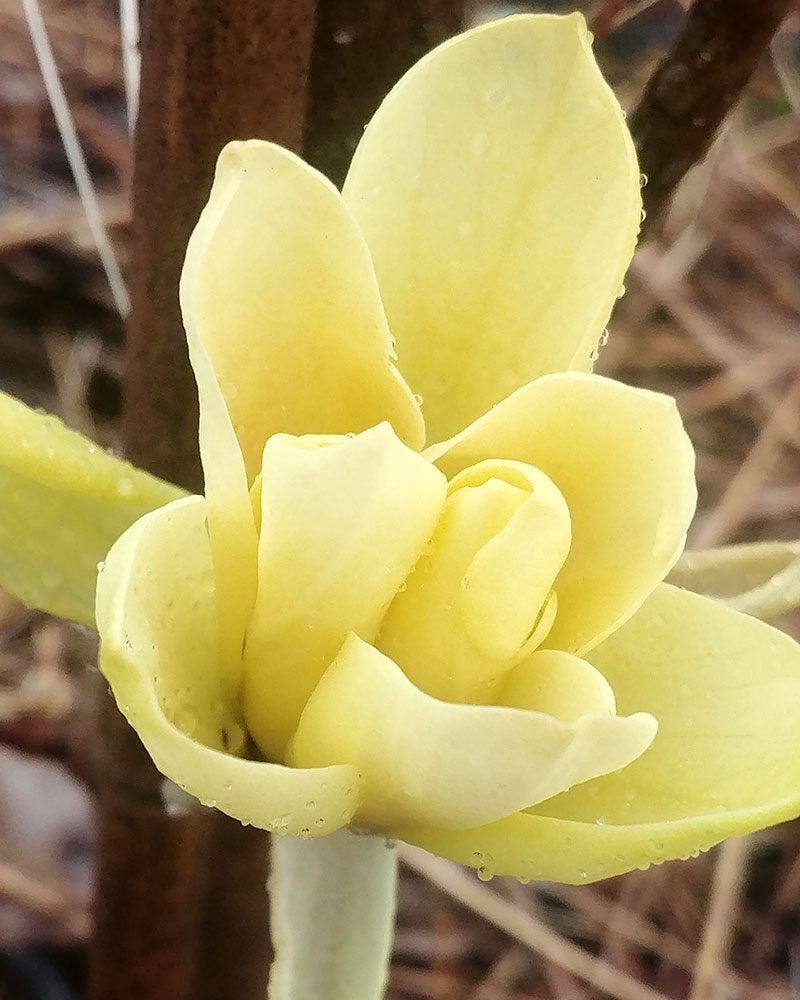
If star magnolias and the Little Girls are old hat to you, it’s time to get a yellow hybrid magnolia and start turning heads and fielding questions. If you’re sticking with the later-blooming selections, seek out ‘Lois’ magnolia. But don’t pass up ‘Elizabeth’ or ‘Butterflies’ if that is all that’s available locally. All have gorgeous, loosely cup-shaped blooms of soft to rich yellow on trees reaching up to 25 feet that glow in the landscape.
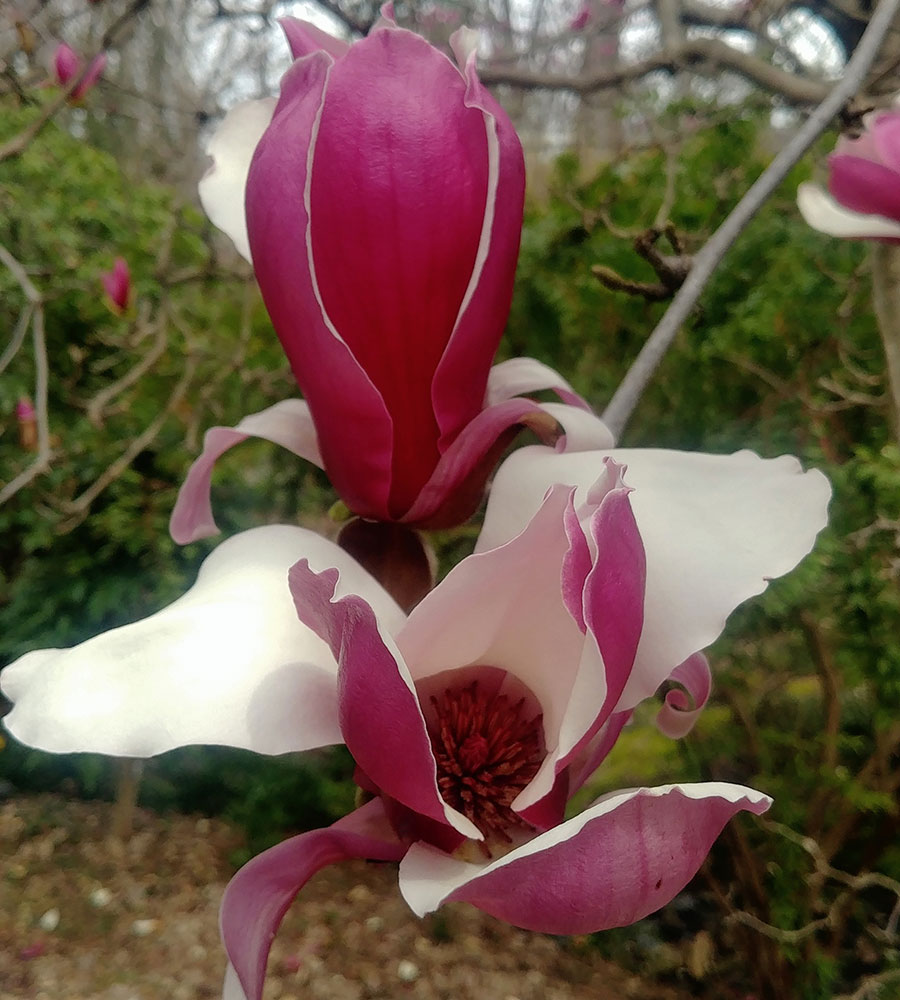
The precise date when early spring plants begin to bloom will continue to be unpredictable year to year. Seek out a later blooming deciduous magnolia, or take your pick from the local nursery this fall. Plant in morning sun and afternoon shade (avoid southern exposure) with decent drainage, and look forward to many winter-springs of beauty. The occasional heartbreak of frost may sting, but it will be short-lived, and your tree will grow just as well all summer, setting loads of fuzzy buds whose bursts are well worth waiting for.
—Paula Gross is the former assistant director of the University of North Carolina at Charlotte Botanical Gardens.


















Comments
Log in or create an account to post a comment.
Sign up Log in